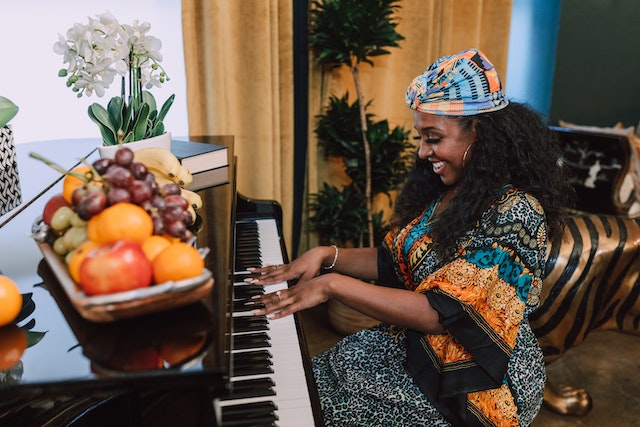29 December 2022
We’ve just passed the winter solstice, the day of the year with the least amount of daylight. However, amid all the waning light, a number of cultures and countries celebrate brightness. These are presented in alphabetic order.
Christmas lights start with Advent and a wreath. Christians feel that Christ is the Light of the World and the candles are a symbol of that title. Lighted trees began in Germany with candles and converted to electric bulbs in the early 20th Century. Somewhere between 1902 and 1914 small lanterns and balls held the candles. By the mid point of that century, people migrated to decorating buildings and streets. Traditionally decorations should remain until Epiphany, December 6, which is the end of the twelve days of Christmastide. In some denominations they are left until Candlemas, February 2.
Diwali or Div ali, means row of lights and usually corresponds to the modern calendar in late October or November. Celebrations differ but include the lighting of small, earthenware lamps called diyas on the night of the new moon. These lamps are lit and placed along the roof edges of temples and houses or set floating on rivers and streams.
Hanukkah (lots of different spellings) remembers the rededication of the Temple after a successful Jewish battle against the Syrians. At that point the Maccabees found only enough oil to light lamps for a day but, through miraculous intervention, the oil lasted for eight. Now the Menorah candles are lit for this Feast of Dedication or Feast of Lights.

Kwanzaa is an African-American celebration that begins December 26 and ends January 1. Named after the Swahili matunda ya kwanza or first fruits it is an observance to the harvest that happens around that time during the summer solistice experienced in the southern hemisphere. One of the symbols is a Kinara or candleholder for seven candles or Mishumaa Saba, with one additional candle being lit on each successive night of the festival. Each candle represents one of the basic and guiding principles: Umoja (Unity), Ujima (Collective work and responsibility), Kujichagulia (Self-determination), Ujamaa (Cooperative economics), Nia (Purpose), Kuumba (Creativity), and Imani (Faith).
New Year’s Eve, what most people consider the culmination of the season, is punctuated with the Times Square ball drop.Begun on December 31, 1907 to replace the fireworks displays previously held, this orb is lowered on a specially designed flagpole to say goodbye to the old year and welcome the new. Even at private parties, everyone is dressed in glittery apparel and wearing silly hats bedecked with glitter and symbols. Many cities still sponsor fireworks displays for their communities. Let’s not forget dimming the lights for that midnight kiss and then the burst of lamps when it is over.
Yule log, while not a specific holiday, is thought to originate with the Norse. Originally it was an enitre tree which was specially chosen and brought into the house with great pomp. The largest end was set in the hearth and lit from the remains of the previous year’s log while the balance of the tree extended into the room. The tree burned through the holiday season and then the remains carefully preserved for the next year’s lighting.
